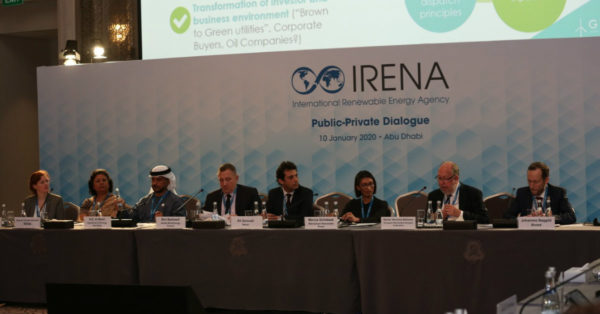
India is a key part of KKR’s Asia infrastructure strategy.
Image: Encavis AG
US private equity investor KKR has followed up its India investment in Sterlite Power’s grid trust with a deal to acquire five solar energy assets from Mumbai-based infrastructure developer Shapoorji Pallonji Infrastructure Capital (SP Infra).
As per the agreement signed with SP Infra, KKR will acquire five solar energy assets from SP Infra—169 MWp in Maharashtra and 148 MWp in Tamil Nadu—for a sum of Rs 15.54 billion (approximately US$204 million).
Last year, in its first infrastructure investment in Asia, KKR together with Singapore’s sovereign wealth fund GIC, invested Rs 10.84 billion (US$ 157 million) and Rs 9.80 billion (US$142 million), respectively, to collectively own 42% stake in power infrastructure investment trust IndiGrid (India Grid Trust or the InvIT). IndiGrid was set up by Sterlite Power to own inter-state power transmission assets in India.
Asia Pacific is a core focus for KKR’s global infrastructure strategy, and India is a key market for KKR in the region given its dynamism, the scale of investment opportunities and its crucial need for capital solutions.
Speaking about SP Infra deal, David Luboff, Head of Asia Pacific Infrastructure at KKR said, “Given the growing demand across Asia Pacific for sustainable energy solutions, we also see this as a great example of how KKR can bring capital and expertise to assets to help meet the demand for infrastructure development. Looking ahead, we are excited to explore even more renewable energy opportunities in India and overseas.”
Sanjay Nayar, CEO of KKR India, added, “SP Infra and the Shapoorji Pallonji Group are recognized in India and worldwide for the high quality of their renewable energy projects. Given the government’s ambitious target of achieving 175 GW of renewable energy capacity by 2022, we believe this is an attractive time to invest in this portfolio and provide even greater solar energy solutions to communities across India.”
“This deal further demonstrates SP Infra’s continued track record of developing high-quality infrastructure assets in its chosen spaces, creating value for further growth in its businesses, and be the partner of choice for high-quality international investors like KKR,” said Mukundan Srinivasan, managing director of SP Infra.
The Shapoorji Pallonji Group, based in Mumbai, operates in over 70 countries with a global turnover of over US$5 billion. SP Infra is the infrastructure development arm with assets and businesses in the renewable and gas-based power, highways, port and terminals in India and overseas.
Interested in deploying capital into solar assets around the globe? Schedule a call with us to see how we can work together:
This article originally appeared on pv-magazine-india.com and has been republished with permission by pv magazine (www.pv-magazine.com and www.pv-magazine-india.com).




